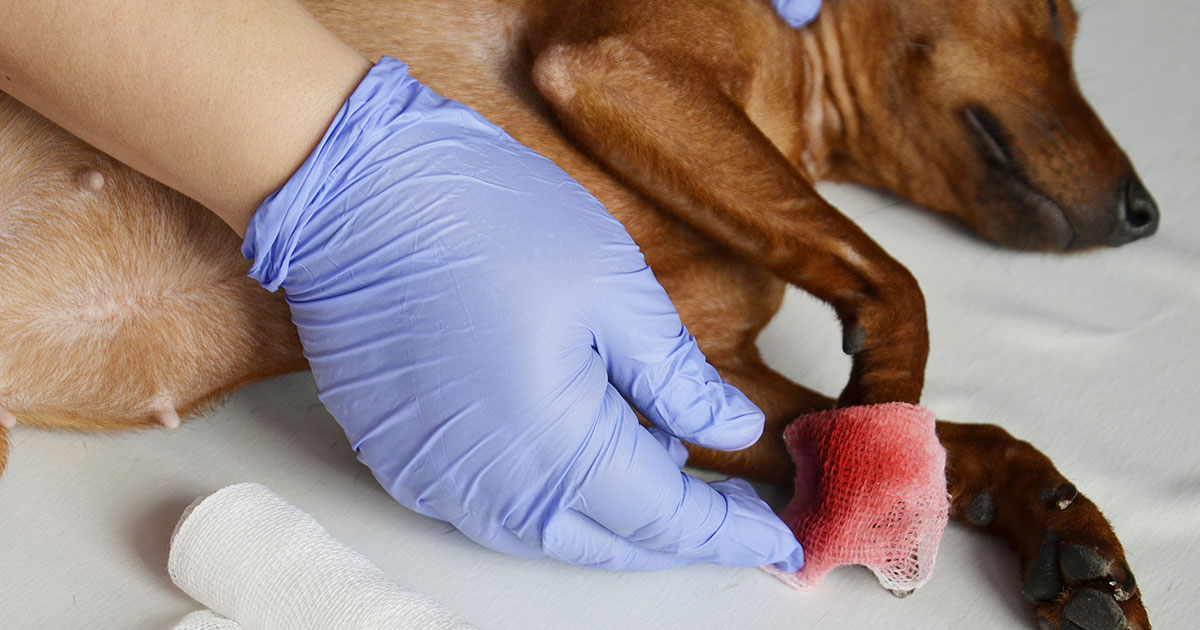My patient is bleeding – what do I do?
A bleeding patient can be overwhelming but there are only a few pieces of equipment that you need and a step-by-step approach.
1. Ask yourself the question:
“Is my patient bleeding due to local issue (trauma, for example) or from a system coagulopathy?”
If a local issue is suspected like trauma, then treat as required. If unsure, treat the trauma anyway and then put your Sherlock Holmes hat on and let’s get started…
2. Assess the history
Important history questions:
Recent trauma?
This will help determine of the bleed was spontaneous or precipitated by injury
Is rodenticide used on the property?
Pro tip: Don’t ask if there is access to rat bait as a lot of owners don’t believe their dog can get to it and will say no.
Does your pet live in an enclosed yard or apartment building?
Snakes can cause coagulopathies, and are a common in some areas. However, it if the pet lives in an enclosed yard or inside an apartment building then snake bites are less likely, unless they are walked or have a property near bushland
History of previous successful surgeries?
Yes? Unlikely congenital
Current medications?
Some medications can cause a thrombocytopaenia although rare to be severe enough to cause spontaneous bleeding.
3. Consider the signalment
Amazingly the signalment can give us a good idea as well.
- Young dog: Due to their inquisitive nature, snake bites or rodenticide are more likely.
- Very young: Congenital should be considered, although they can be just as inquisitive.
- Older patients: Tend to behave themselves and therefore are more likely to get acquired diseases.
- Doberman: Prone to primary platelet factor disease, Von Willebrands.
- Devon Rex: Prone to secondary coagulation disease
- Greyhounds: Excessive breakdown of formed clots, fibrinolysis syndrome.
You may already have a likely diagnosis in your mind, or have a narrowed differential list just from these history questions and considering the signalment.
In part two we will cover the physical exam and primary vs secondary coagulopathies.

Leave a Reply